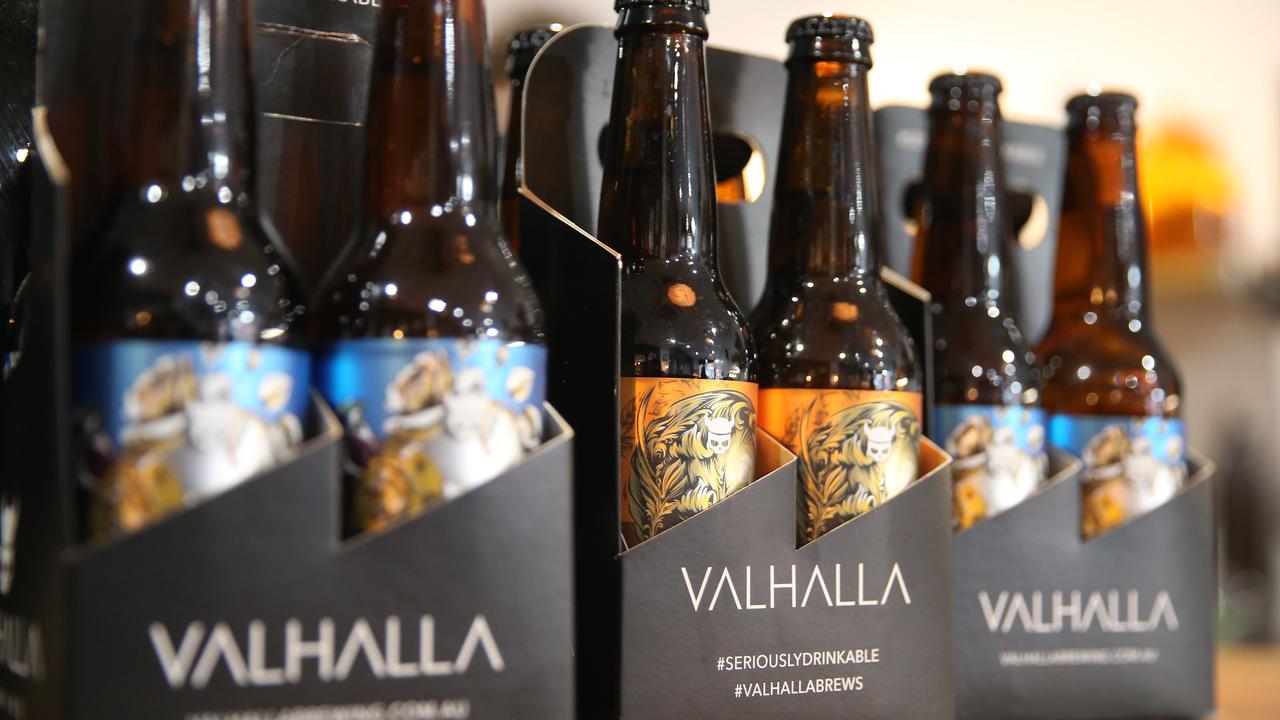Introduction
Breweries have become increasingly popular in recent years, not just for beer enthusiasts but for those interested in design as well. As an architect, I have found brewery visits to be a great opportunity to explore the form and function of these unique spaces. I have visited breweries across the country, and every one has its own distinct character and design elements. In this article, I will share some of my observations and insights from these experiences.
Brewery Layout
The first thing I notice when visiting a brewery is the layout. Most breweries are built in industrial spaces, such as warehouses or factories, that have been converted into breweries. This means that the layout of the space can be quite unique. When designing a brewery, the architects must consider how the brewing process works and how to best optimize the flow of people and materials. One common layout is to have the brewing equipment visible from the taproom so that visitors can see the brewing process in action. This also creates a sense of transparency and openness, which aligns with the craft beer ethos.
Functionality of Brewery Design
Another important aspect of brewery design is the functionality of the space. The brewing equipment and tanks can take up a lot of space, so architects must find creative ways to incorporate them into the design while still leaving room for visitors. I’ve seen breweries that use the space above the tanks for storage or that have built the taproom below the brewing equipment. This not only maximizes the use of space but also creates a unique and visually interesting environment.
Aesthetics and Design Elements
Of course, the aesthetics of the brewery are also important. Unlike traditional bars or restaurants, breweries tend to have a more rustic and industrial look. Exposed brick, concrete floors, and metal details are common design elements. To add warmth and character to the space, breweries often use wood accents, such as a wooden bar or tables. The signage and branding of the brewery also play a role in the design. Some breweries opt for a minimalistic and modern look, while others go for a more traditional and nostalgic vibe.
Brewery Color Schemes
The color scheme of a brewery can also contribute to the overall design. I’ve been to breweries with a bright and vibrant color palette, while others use muted tones that create a calm and relaxed atmosphere. The lighting is also an important factor. To create a cozy ambience, some breweries use warm and dim lighting, while others have bright lighting to highlight the details of the space and the beer.
Conclusion
Brewery visits are a great way to appreciate the intersection of form and function in architecture. The unique layout and functionality of breweries, combined with their distinct aesthetics, make them incredibly interesting spaces to explore. As an architect, I appreciate the thought and effort that goes into designing a brewery that not only functions well but also creates an enjoyable experience for visitors. Whether you’re a beer lover or a design enthusiast, I highly recommend checking out some of the amazing breweries across the country.






